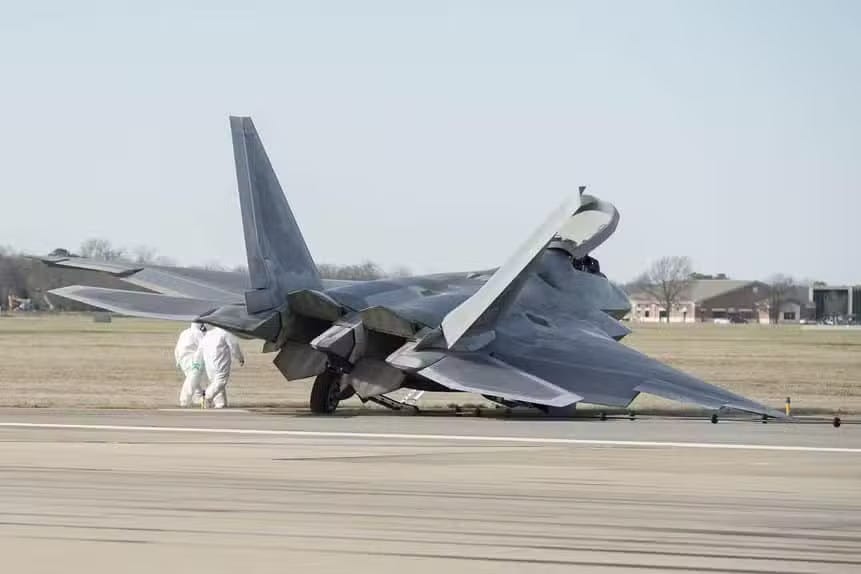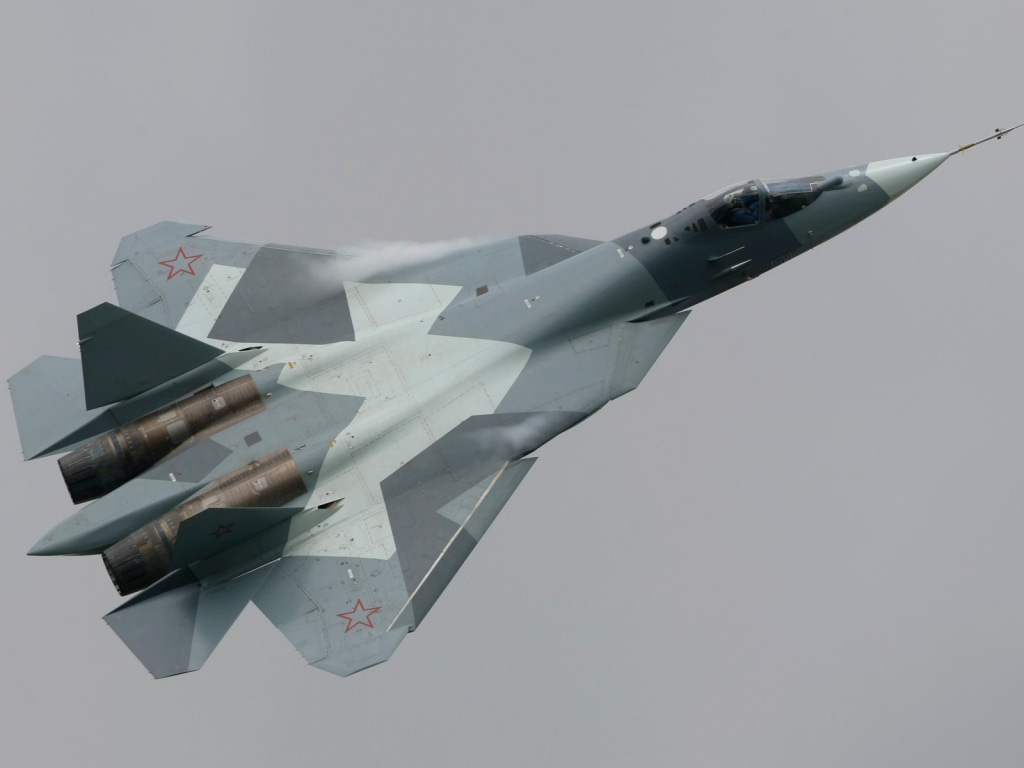Those who have carefully read the recent analysis on our channel probably understood that the end has come for the Ukrops. And convulsions like the Kursk adventure will no longer help. Only Russian military bloggers do not understand this - for them, as usual, everything is lost, but they, the defective ones, do not count. Talk about the Kursk adventure provoking an outflow of Russian troops from the main front is an outright profanation. Russia has accumulated such power that it is unlikely that, given the existing resources of the Ukrainian Armed Forces and the collective West, they will be able to organize an offensive that will force us to withdraw troops from the active front.
Mathematics is the queen of sciences, including military science. You u can't argue with it. To understand this once again, let's look at the Toretsk-Novgorod agglomeration from the other side.
The Ukrops sat here so calmly because the front line was based on 10 settlements, maximally fortified, and seven large waste heaps, which presented a serious problem (Let me remind you that Avdiivka actually fell after the capture of the only waste heap).
Moreover, eight settlements and 6 waste heaps were the first main line of defense. The ninth (Toretsk itself) is like the near rear, surrounded by waste heaps and these settlements. The Toretsk liberation operation began at the end of May, 4 months have passed since then, and what do we see? Eight villages and 6 waste heaps have been taken. The fighting is going on in Toretsk itself. There is only one waste heap left, however, the largest one, covering the southern flank.
At the same time, on the front line here, a maximum of 9 kilometers wide, two Russian armies (the 54th Donetsk and the 3rd Lugansk) are advancing at once. This is at least 10 full-fledged infantry assault divisions of great power, not counting artillery and tank brigades. That is, approximately one division per kilometer of the front.
It is clear that I am painting a simplified picture, in reality such a density of troops means that we can conduct combat operations of very high intensity, constantly rotating personnel, and the Ukrops have no chance at all here.
Moreover, now the most fortified first line of defense of the Ukrops has been taken, and our offensive is developing, for example, along the Novgorodskoye-Shcherbinovka line (this is an almost complete encirclement of Toretsk along the northern flank).
The Ukrops have no fortifications at all on this line. They didn't even think that we could break through to these lines. And they didn't think about it because they never imagined, even in their worst nightmares, that we could accumulate such striking power specifically on this line. They so diligently doused everything around them with their, I beg your pardon, shitty propaganda that they themselves believed.
But the most interesting thing in this direction will happen when we finish off Toretsk and approach Konstantinovka with two armies at a front width of a maximum 6 kilometers. This is important because this is the general trend. After each of our advances, the overall front line is shortened. We are indeed slowly squeezing the Ukrainians from all sides. Against the backdrop of a constant increase in both the number of our troops and our overall firepower, this is a major trend. As for Konstantinovka, you will laugh again, but the Ukies have no fortifications on this side either, because they are... in a catastrophe... and so on.
From the south-east, according to the great plan of the Ukrainian Fuhrers, Konstantinovka was reliably covered by Toretsk, and from the north-east by Chasov-Yar.
This is, as they say, the situation on the ground. I have already promised more than once that I will analyze the situation in the air in more detail, that is, in our aviation. I will immediately stipulate that the topic is vast and also secret. Therefore I operate only with open data, mainly Western. There can be no exact figures here, only approximate ones.
Nevertheless, the topic of aviation in assessing the effectiveness of the SMO is of paramount importance since the state of affairs in the Air Force can be used to judge the overall health of the army. Pilots are not just an elite - they are a very complex type of human being.
For example, it is a priori considered that the most difficult type of business is air transportation: organizing flights, logistics chains, technical maintenance of vehicles, training pilots and other personnel, not to mention, in principle, the organization of our own production of flight units. For example, only two countries in the world are capable of producing from scratch the entire range of flight units from screws to airframes and engines with a full range of weapons - these are the USA and Russia. China is only just getting ready to cross this line, and the United States, apparently, is about to leave this elite club.
There is a suspicion that America has forgotten how to make engines for its main long-range bombers, the B-1B Lancer and B-52. But we continue to produce engines for the entire range of our bombers, albeit with some difficulty in some cases. Russia is still confidently holding on to the top, having managed not to lose a single critical competence in the 90s. This fact alone can be used to assess the viability of various countries' air power.
The US, despite its general well-being and the absence of internal upheavals, is openly losing one competence after another in absolutely hothouse conditions, including in aviation, and our country, having survived the 90s, not only retained all the main reserves, but also continues to master new technologies. That is, the state of affairs in aviation is a real indicator of the country’s combat readiness.
For example, it is believed that the US has about 2,200 combat aircraft. But, as they say, there are nuances. If we discard heavy bombers, transport aircraft, and others, we are left with about 1,700. And we have 1,350. It does not look so critical. However, the situation becomes even more interesting if you dig deeper.
For example, if we take a category such as “air superiority aircraft,” the US has only about 200 of these aircraft. About 130 F-22 (nobody knows what condition they are in) and about 80 F-15C (it is also unclear what condition they are in, because the aircraft are 40+ years old).
Russia, pay attention, has three hundred plus such aircraft. Also evaluate the nomenclature: 130 relatively old Su-27 (age 25+); 140 super-new Su-35; 24 incredibly new Su-57. We will not generously mention here the 220 modernized high-altitude MiG-31 interceptors, which have no analogues in the world.
The US Army has about 400-plus super-new F-35s. But, firstly, according to the original plan, 50+ of them were supposed to enter the US Army annually. Then this figure was reduced to 37. For the last two years, not a single one has been accepted - due to problems with the software for the latest version of the aircraft.
Airplanes are produced and then become a shambles, waiting for the IT guys to finish their part.
As of 2024, Russia has put 24 Su-57s into service (a full aviation regiment of two squadrons), and in 2025, according to the plan, they should also deliver 24, that is, one regiment every year. But the most important thing is not even this. Judging by how the F-35 flies in Israel, this aircraft is capable of taking off only once every few days, and this is despite the fact that the Israeli aviation is considered the most combat-ready in the Western bloc, and their F-35s are the most “finished” and “pumped up”.
The main combat load in the US Army is carried by the F-16 aircraft (the old man 40+). The hegemon has about 850 of them. It is officially known that only 40 percent of the F-16 fleet is in full combat condition. At the same time, the F-16 is an aircraft with a very limited range (half of our Sukhois), so it can not stay in the air for long.
At the same time, due to its age and technical complexity, the aircraft can only make one combat sortie per day at most. The norm is considered to be one sortie every three days. This is approximately what we are seeing in Israel now.
Once again, compare it with our aircraft fleet. The direct analogue of the multifunctional F-16 is the Su-30 and Su-34. There are about 300 of them - 150 Su-30s and about 130 "ducklings" (so-called due to its appearance).
Not only is the entire fleet, with the exception of those located directly at the repair plant, on duty - that is, nominally 100 percent combat readiness (Americans, ho-ho-ho to your 40 percent), but five combat sorties per day are considered normal for these aircraft. On average, the "ducklings" in the SMO show four combat sorties per day.
Let's count: the hell with it, let's say we have 200 "multifunctionals" working directly in the troops - multiply by five. A thousand combat sorties a day!
It is now believed that our bombers in the SMO make an average of 200 sorties per day along the entire front. Sometimes even three hundred. That is, it turns out that we work at a quarter of our real combat capabilities, but if you look at the dynamics, then everything is on the rise.
We should reach our peak in about six months. Just imagine - a thousand bombing sorties a day. And that's without taking into account all the other wings, and they can also make their contribution. For example, the owners of Ukrainian slaves are in a panic from how our Su-57 works. This plane can stay in the air for a very long time, and due to the fact that it sees everything far away and is armed with very long-range weapons, it turns out that it is literally sitting in ambush. Not everyone knows that, at almost every moment of time, one or two Su-57s are in the air. They guard primarily the Black Sea and, apparently, the most dangerous sections of the border and the front. Hence, the unprecedented efficiency - almost any launch of Ukrainian missiles from an aircraft ends with the carrier being destroyed. The Americans have nothing even close to this. Compare the F-22, which needs to be prepared for takeoff in five days (in the best case, if there is the appropriate infrastructure at the base) and our super-new aircraft.
Now, based on the results of the first year of full-fledged operation, it turns out that one squadron of Su-57 is capable of monitoring the entire current theater of military operations around the clock. Don’t forget, we already have a regiment of such miracle machines in the SMO. We will talk about this in more detail in the following materials.










Marat it is always such a pleasure to read your informative and engaging articles. While Russian technical, moral and intellectual capacity is beyond question, what happened to the US? I have understood the evil of US leadership since the Cuban missile crisis, the incompetence, while vastly appreciated, is such a mystery. America is a warring state and it seems that such a state should be at the top militarily even while the rest of the country disintegrates. Any enlightening thoughts on this subject will be much appreciated.
Thanks. More evidence that US lost the war 3 years before it began and it was always fought with a domestic audience in mind, not reality.
Essentially US lost real hegemony (mostly to China) some 7 years ago - every thing since has just been confirming it.